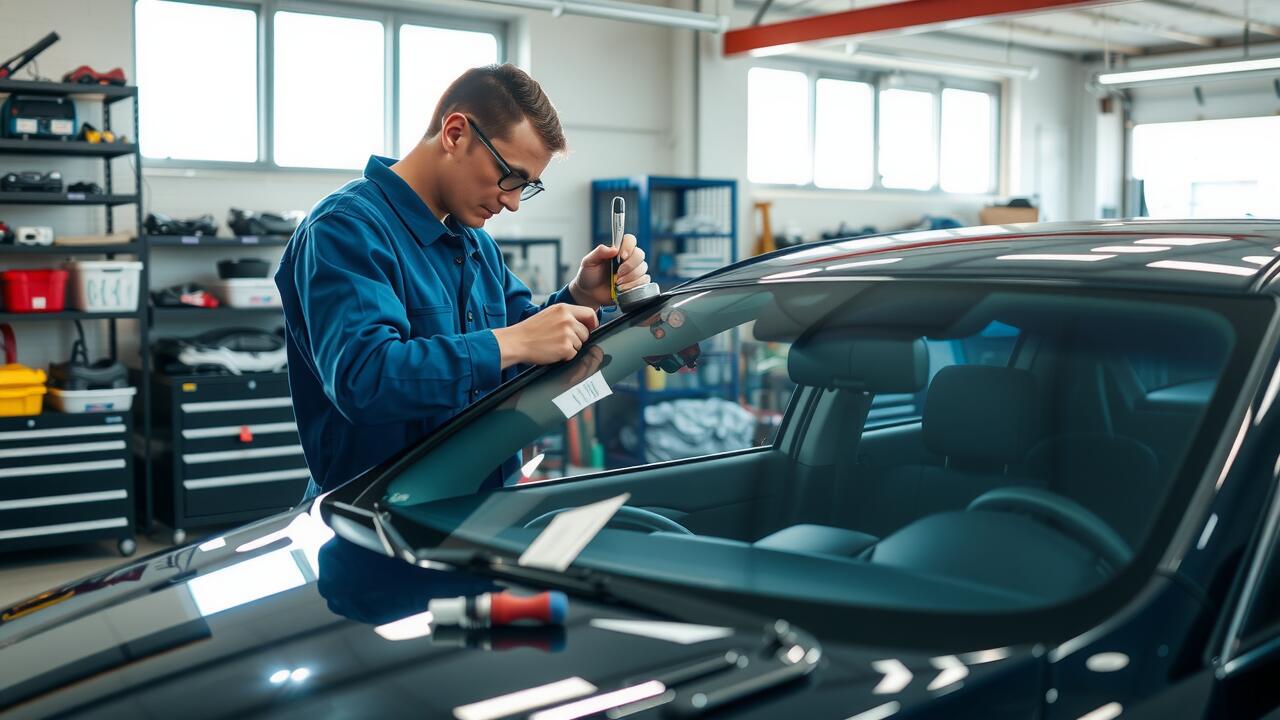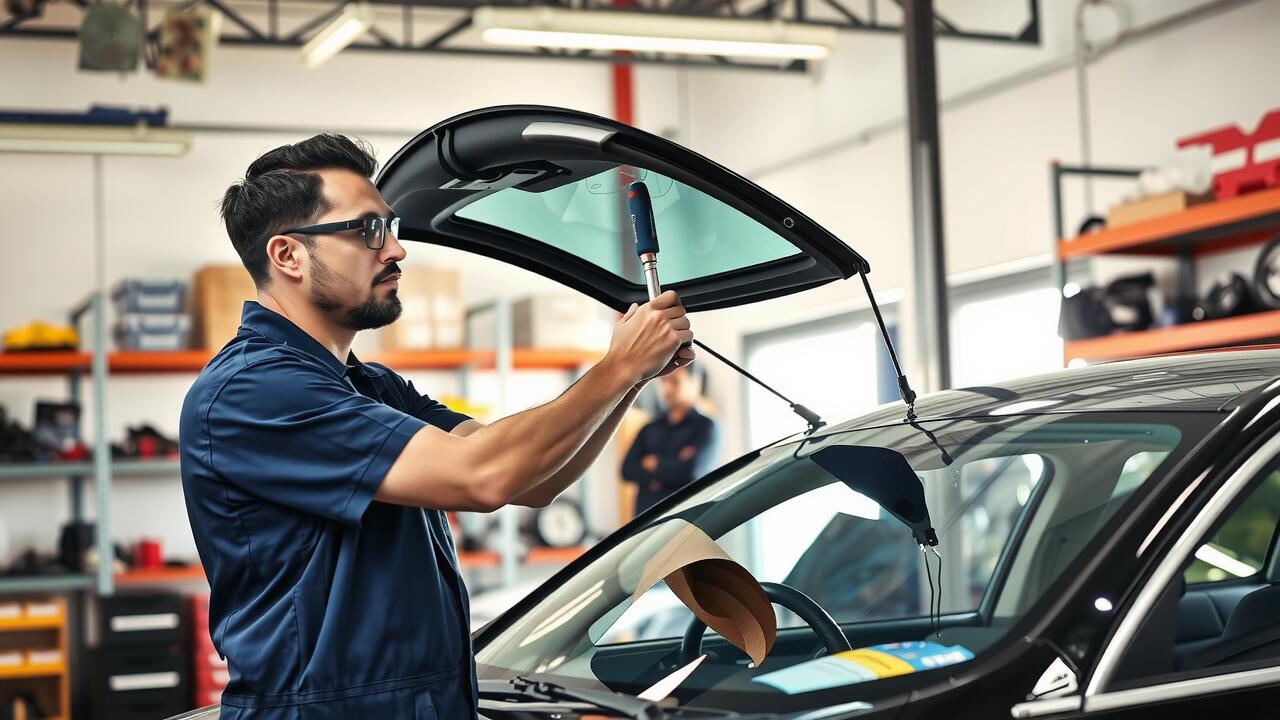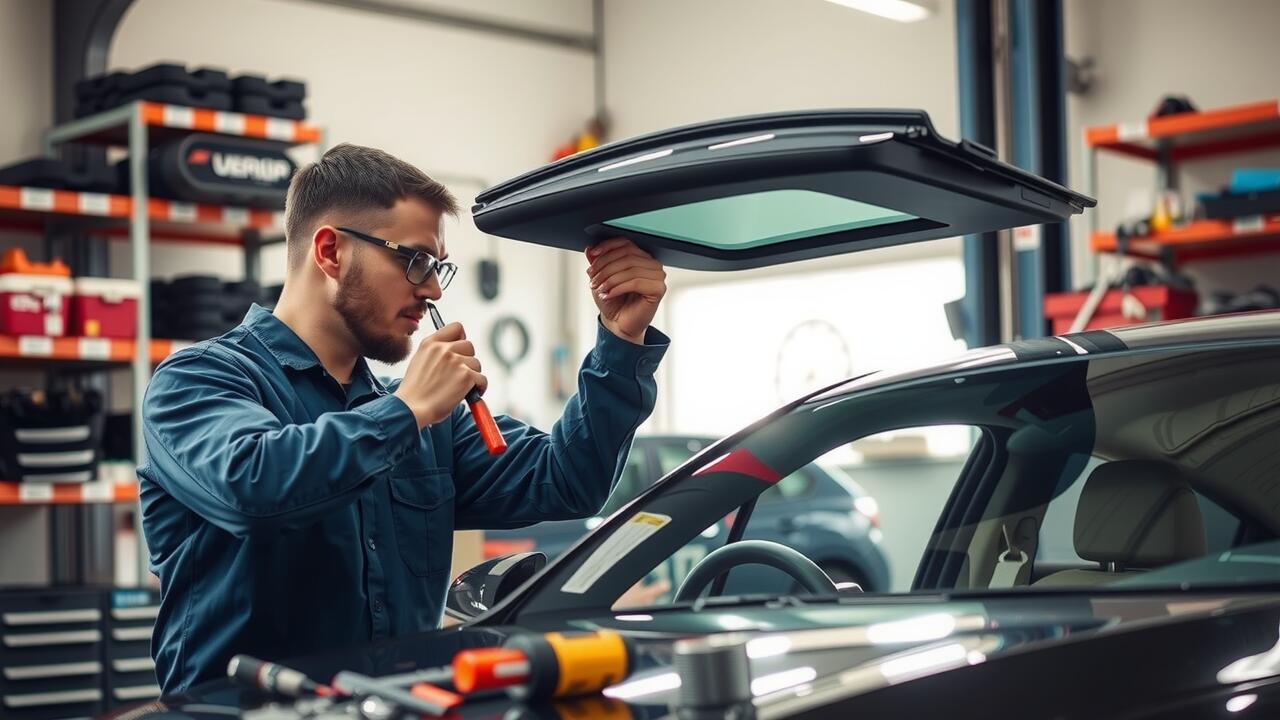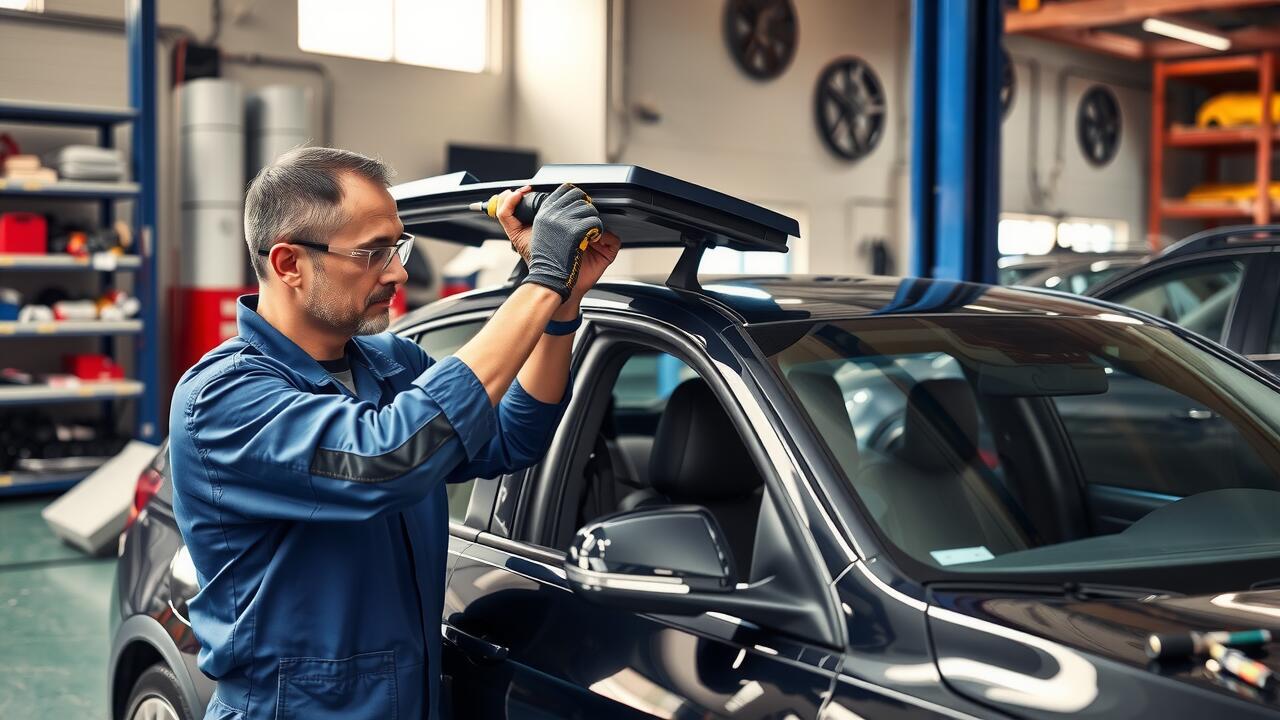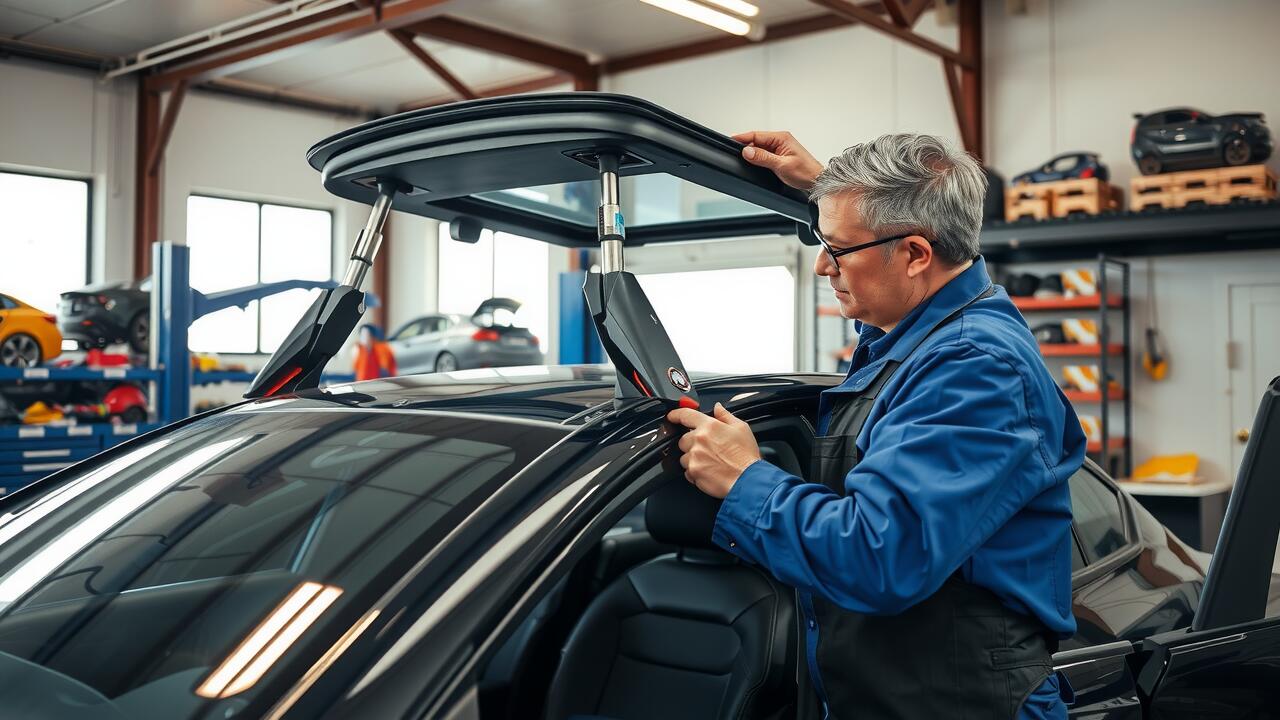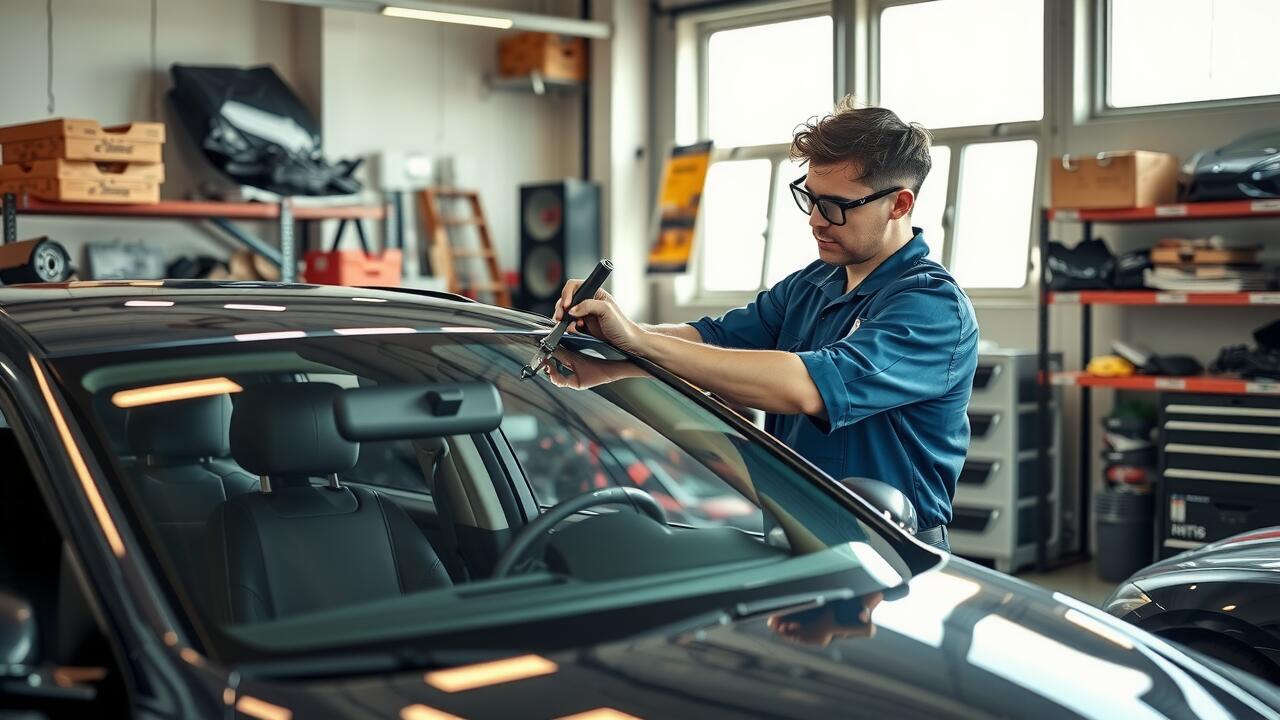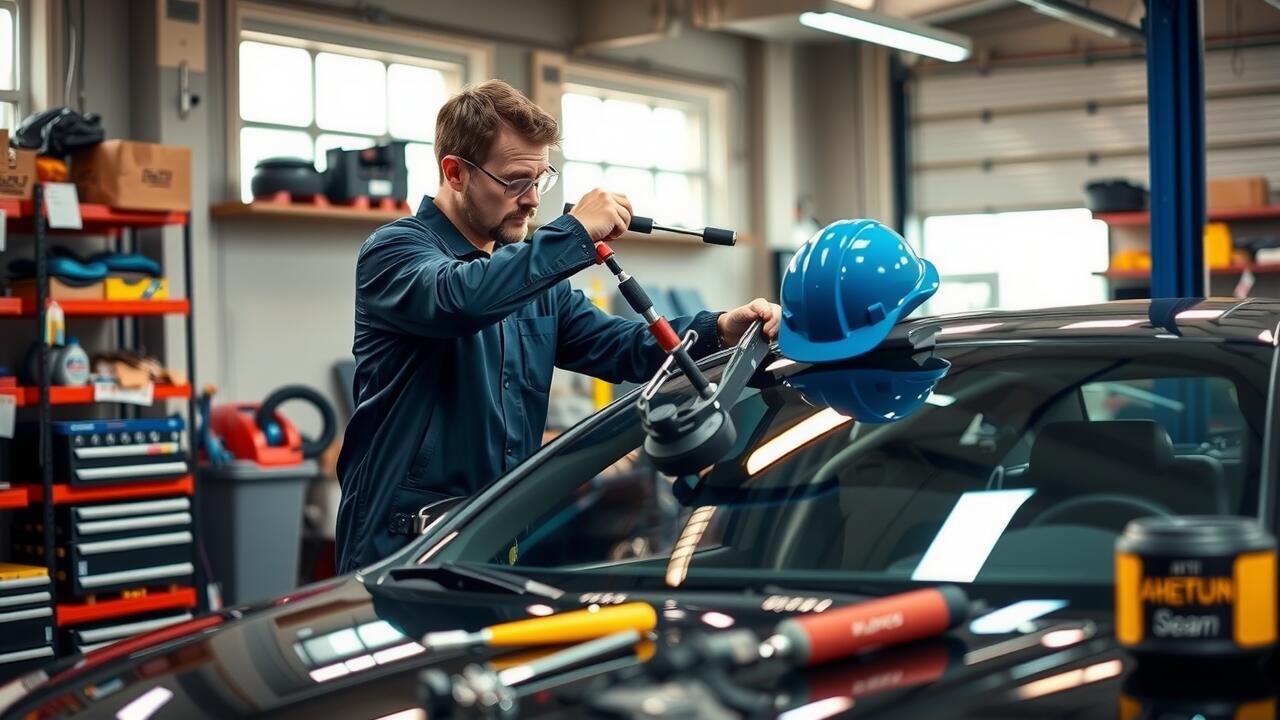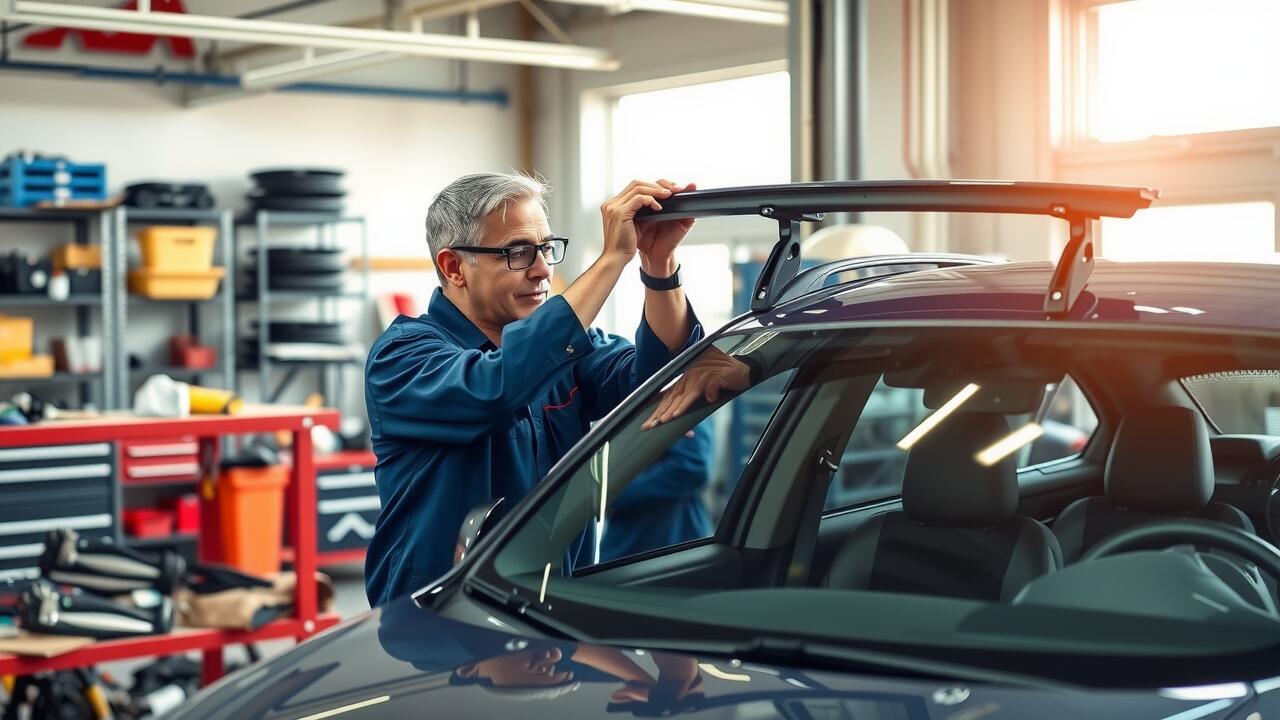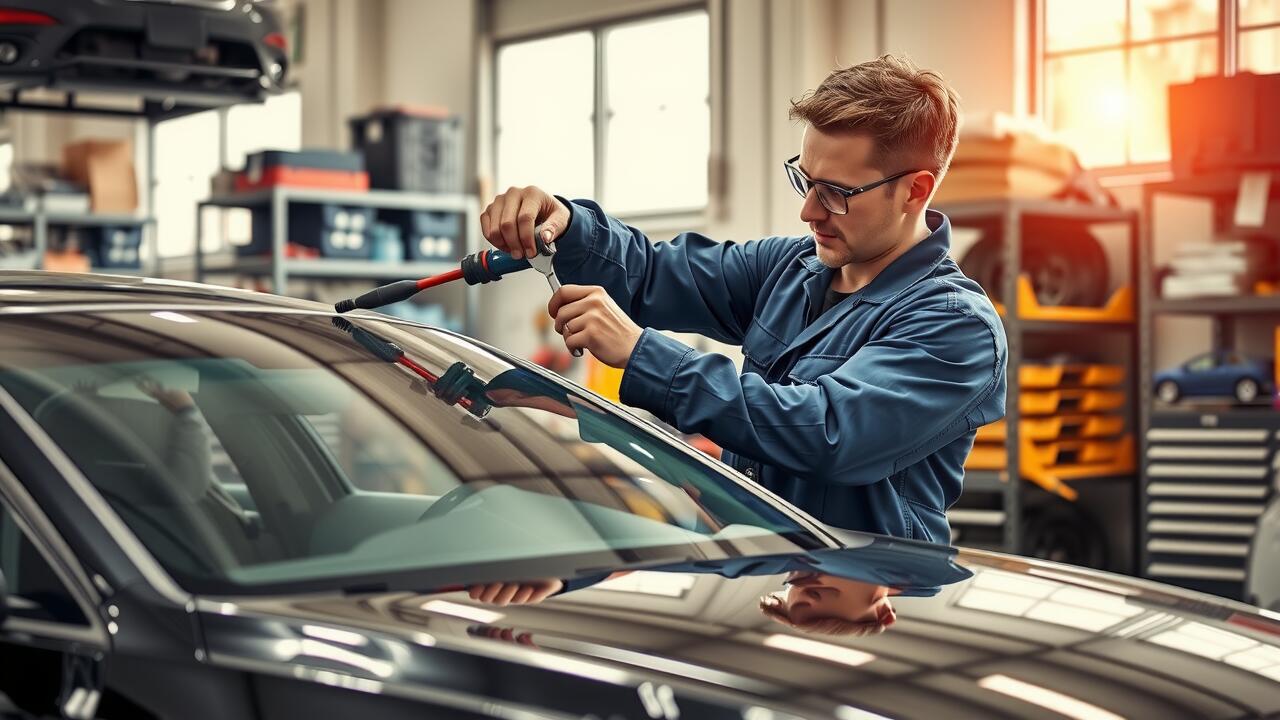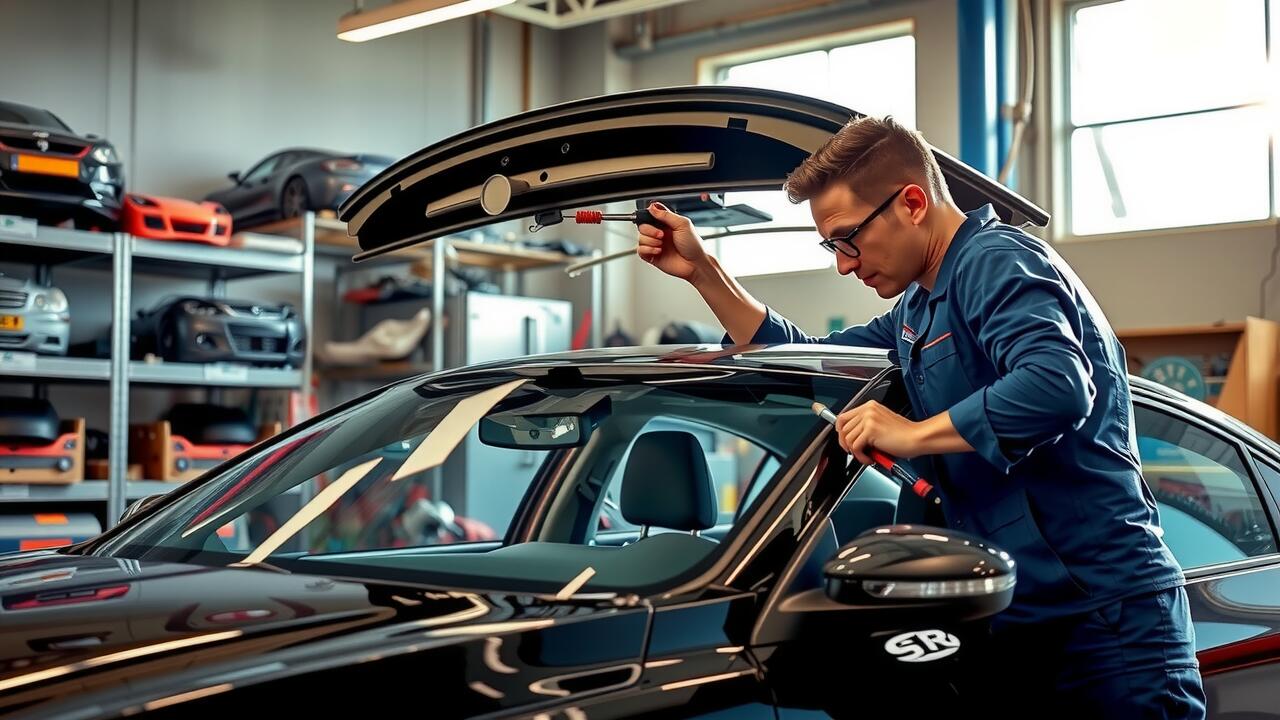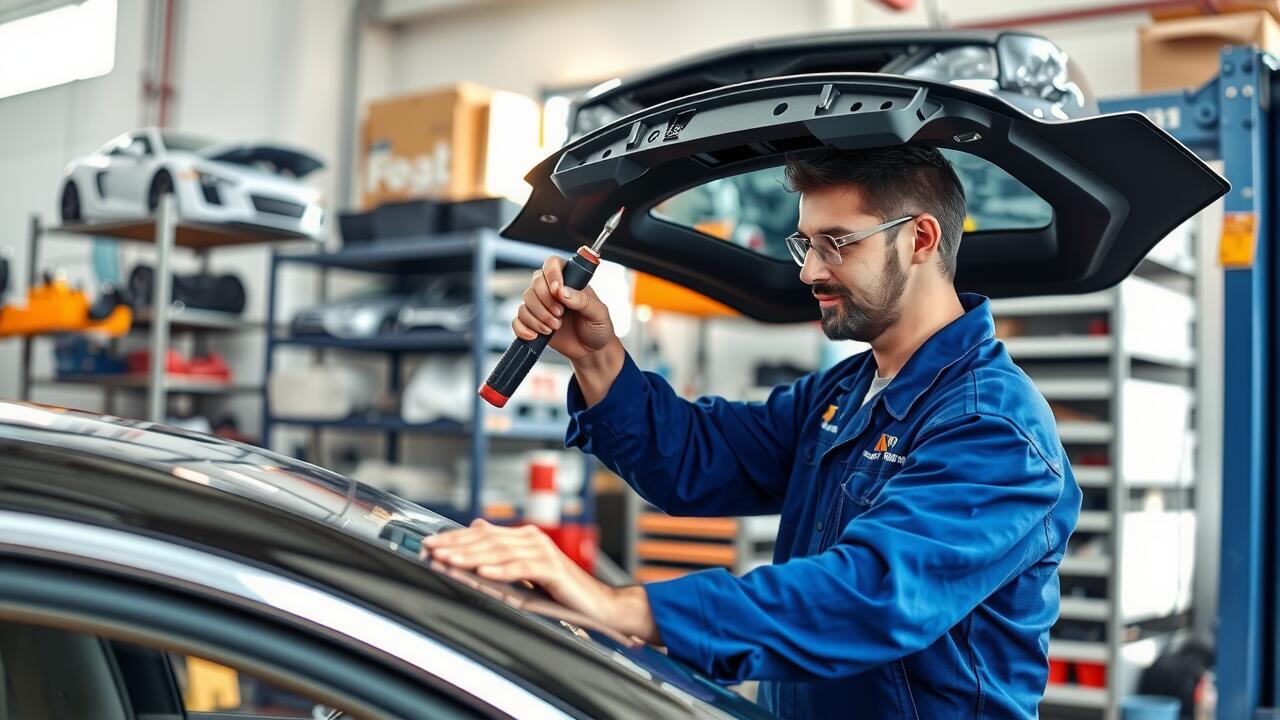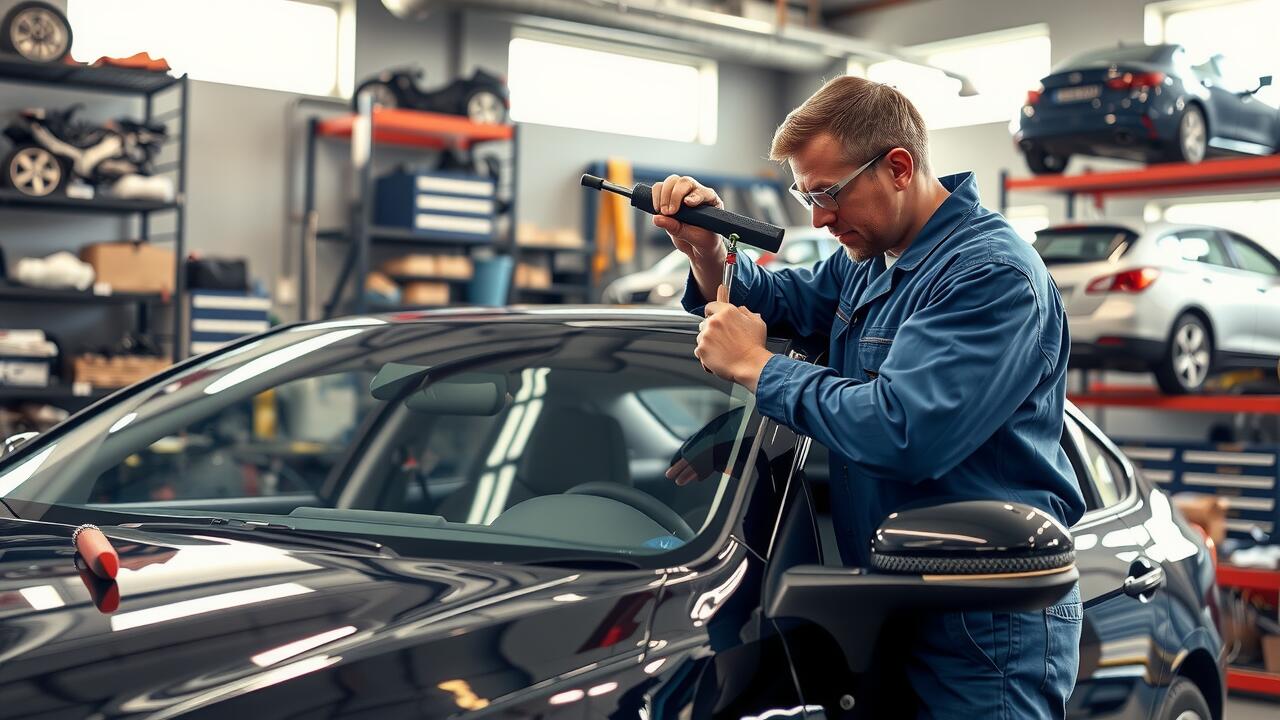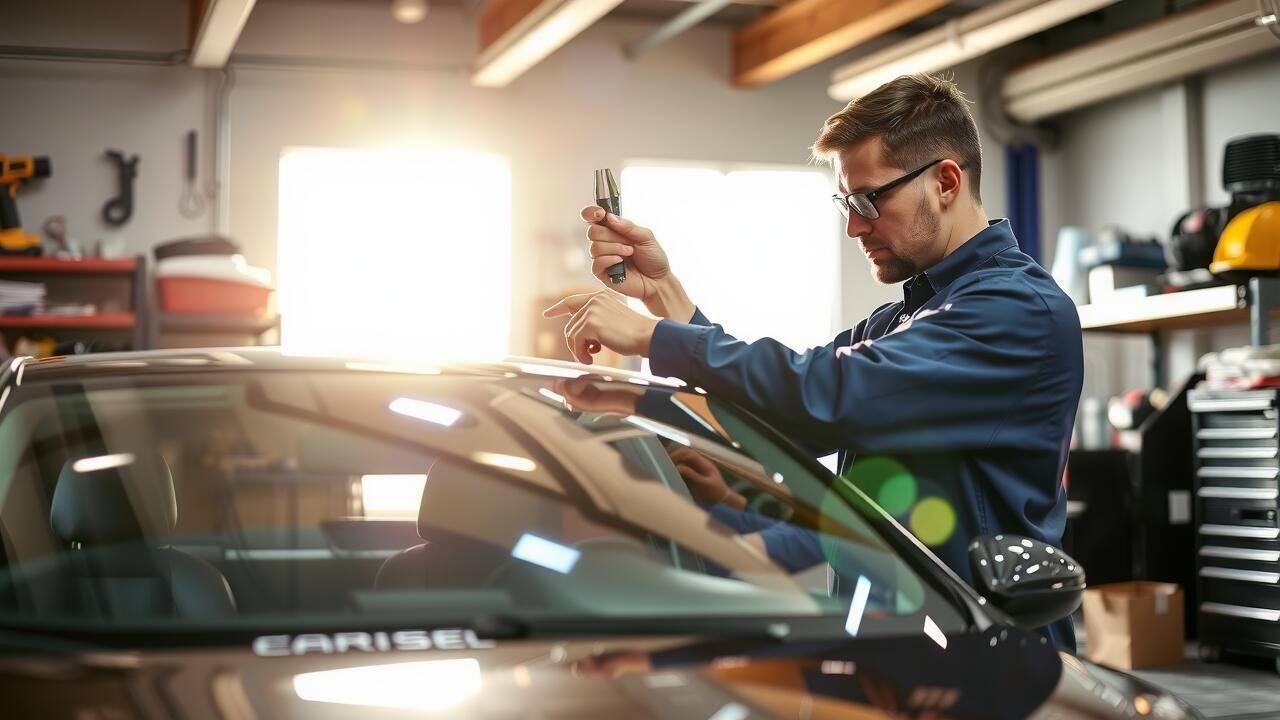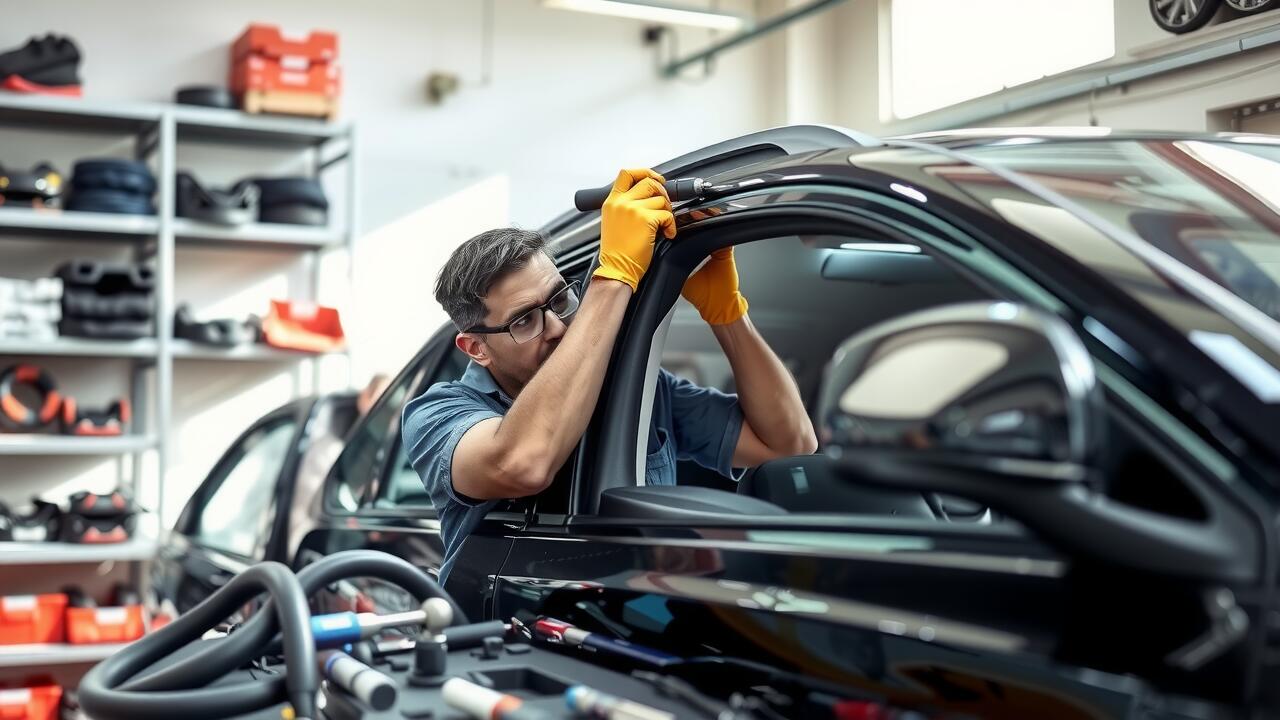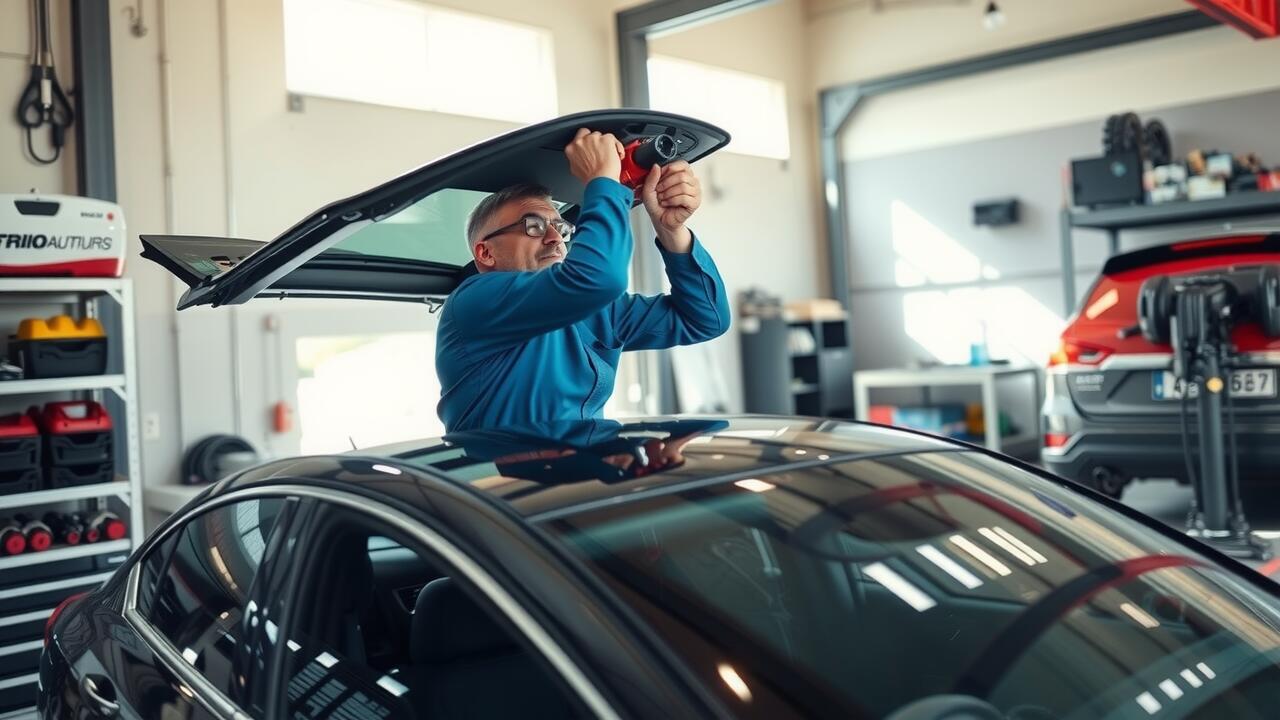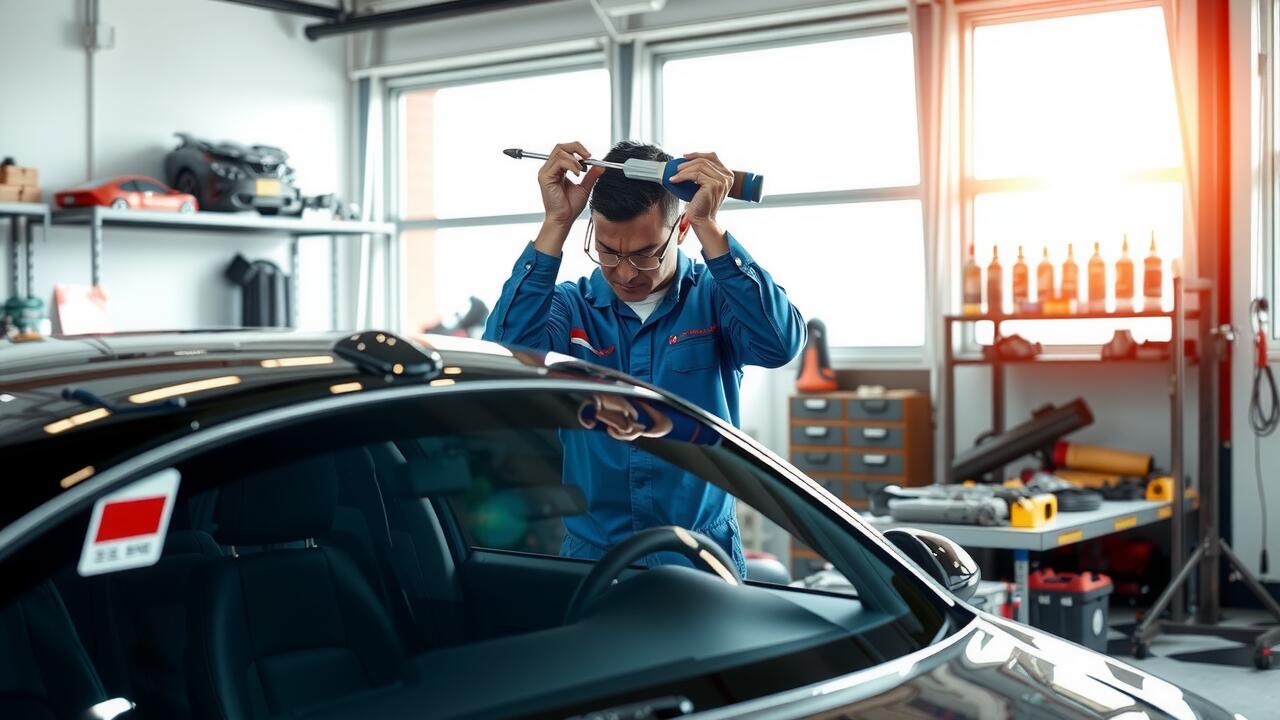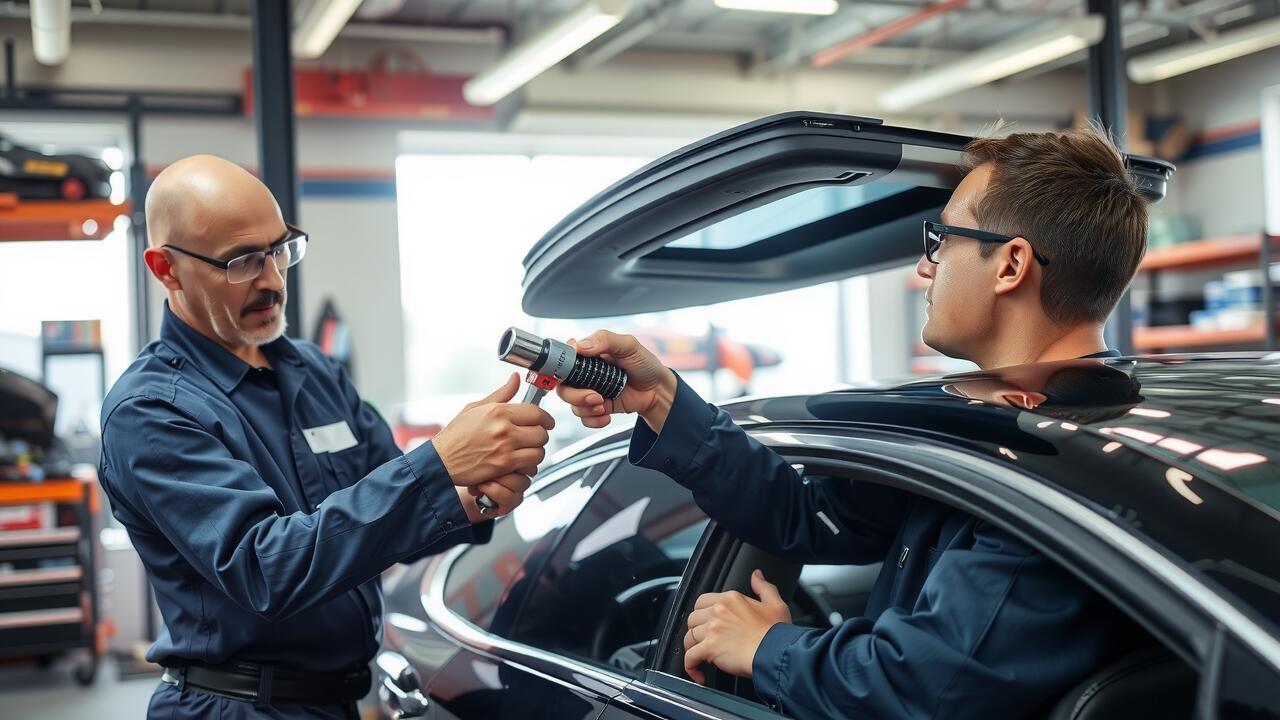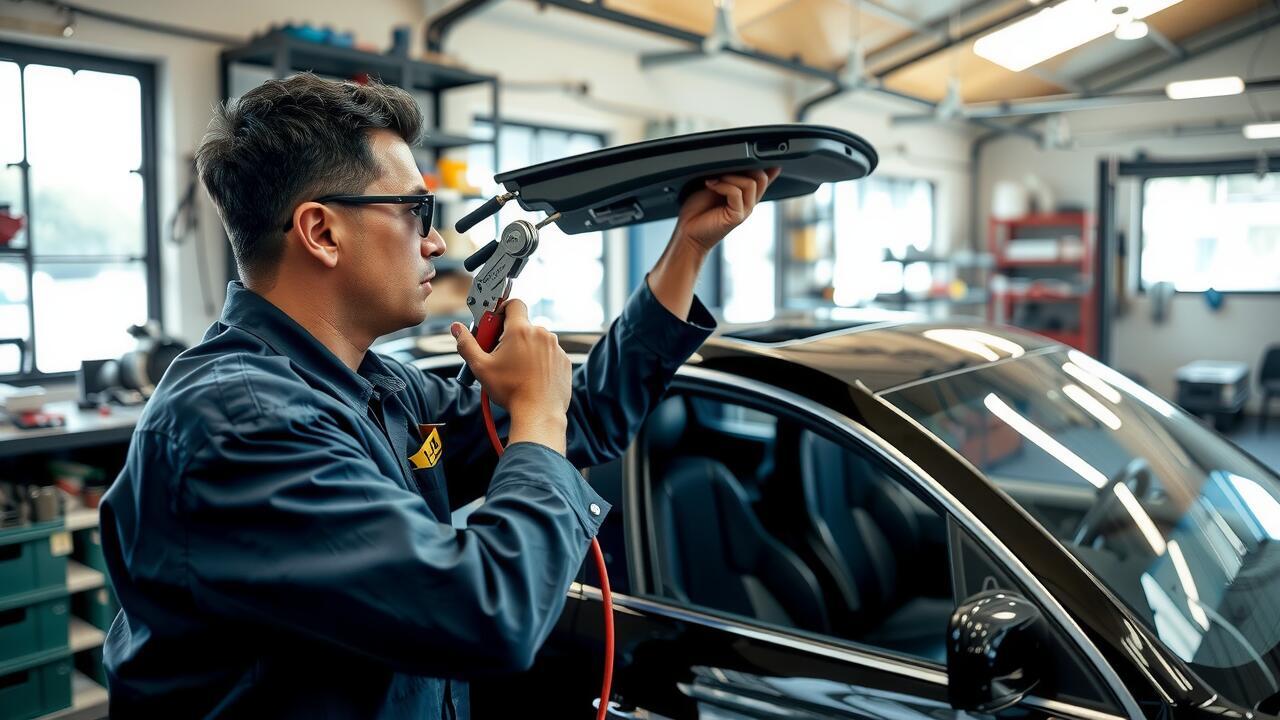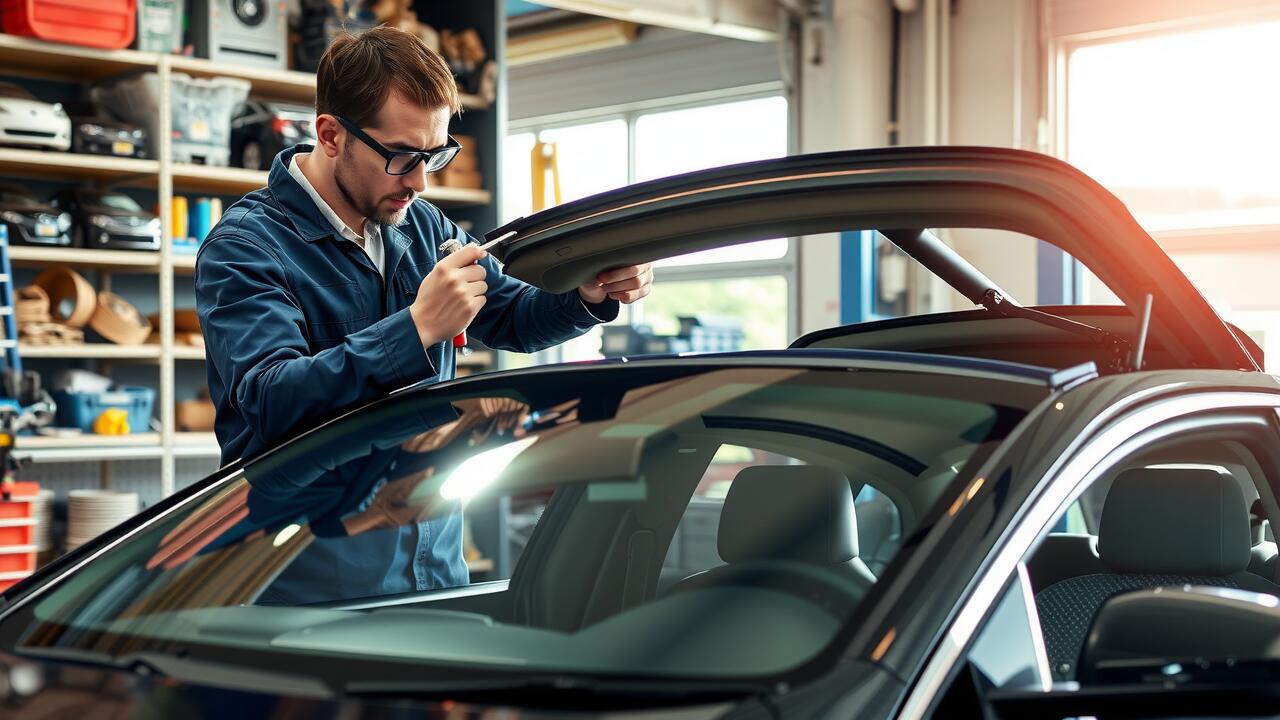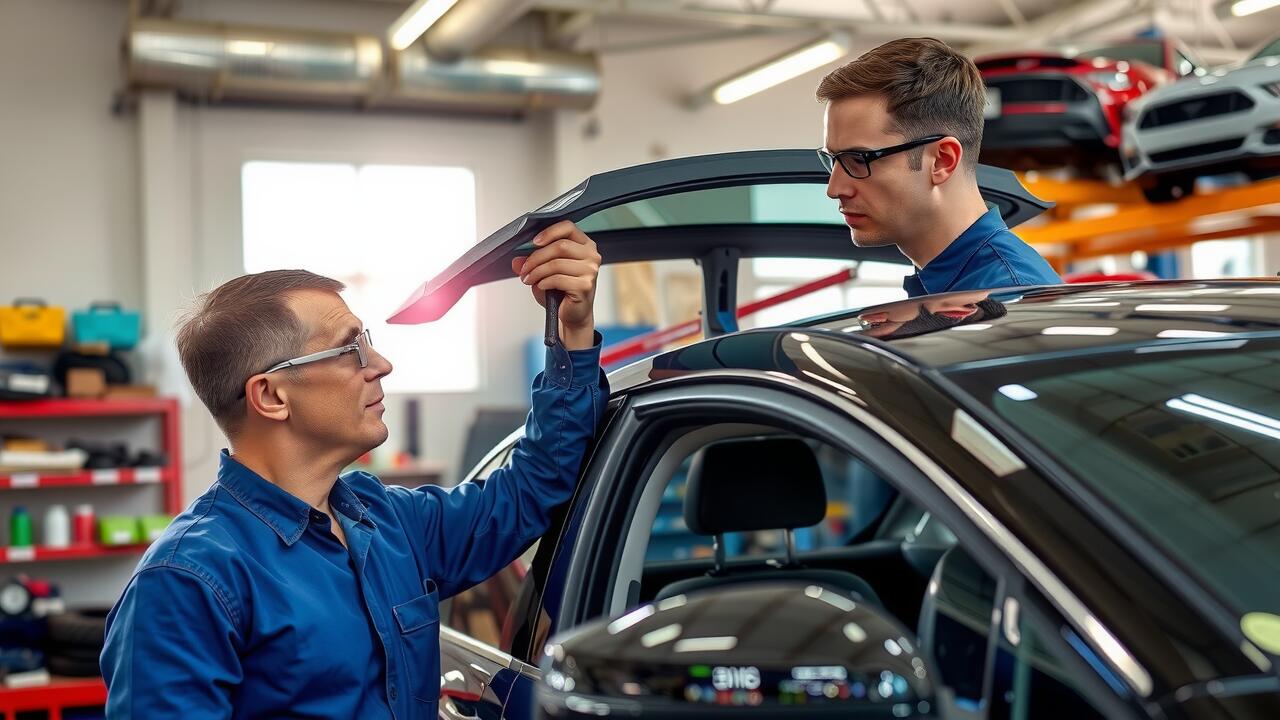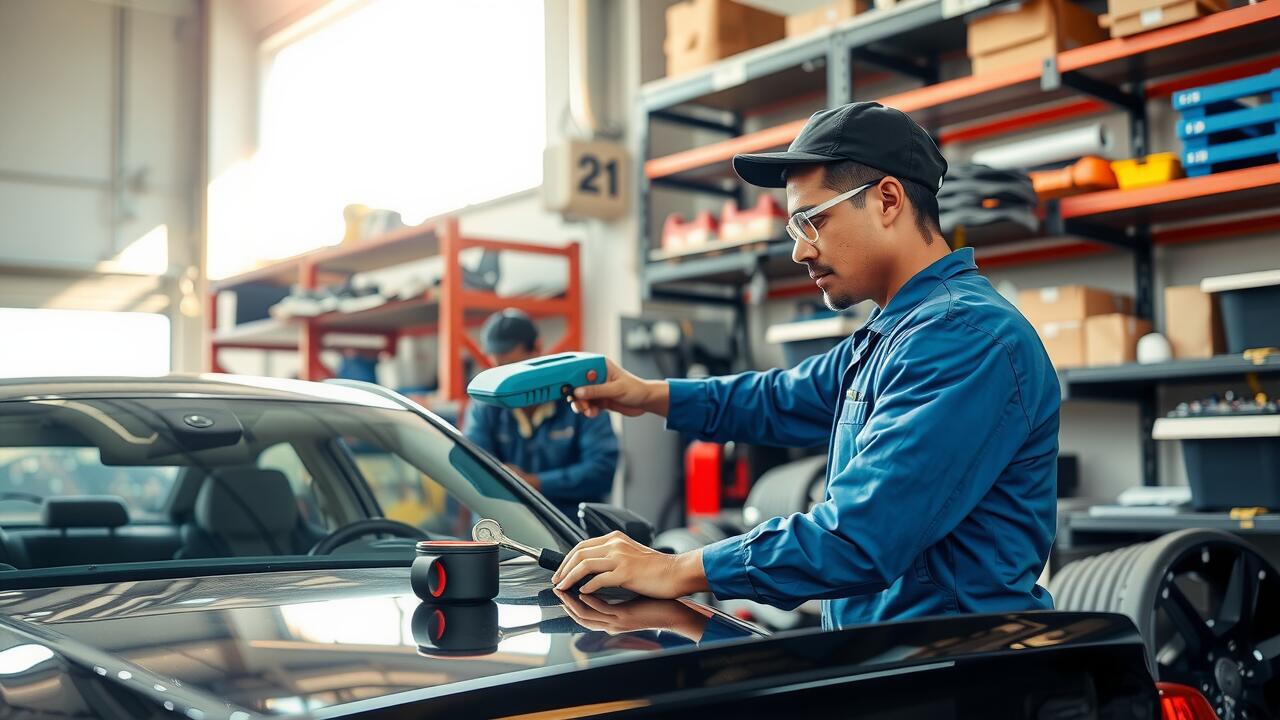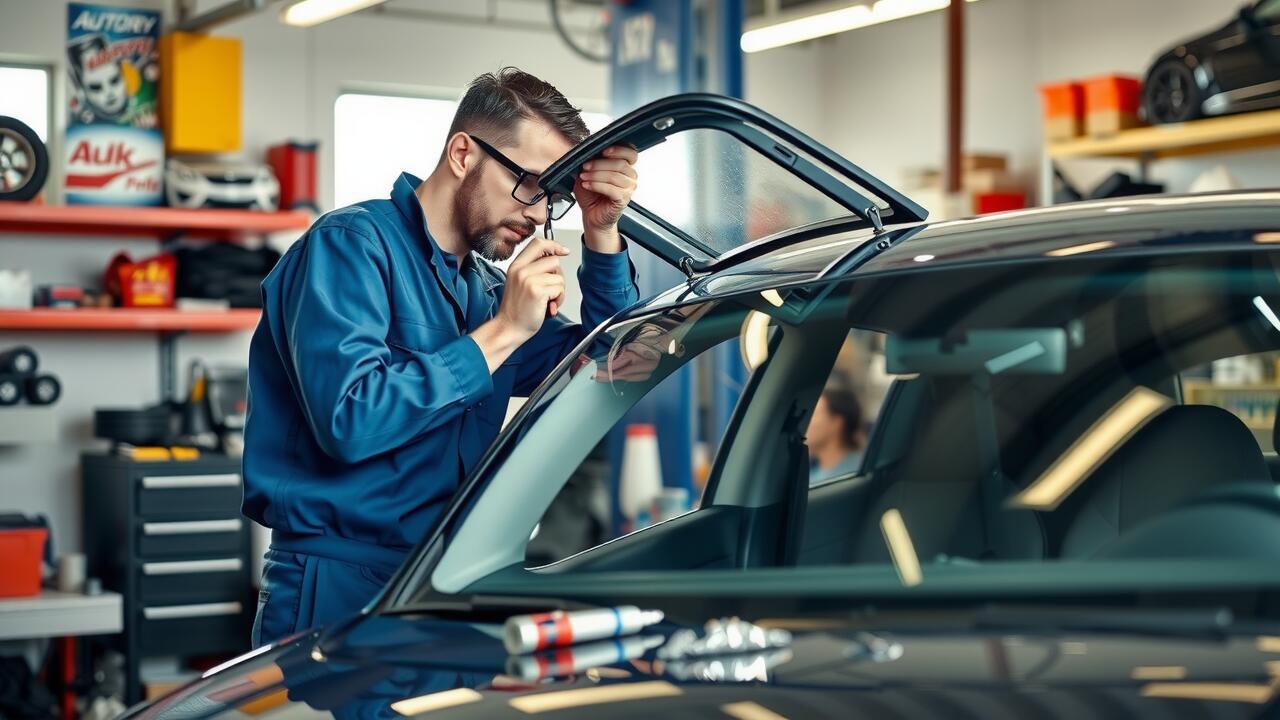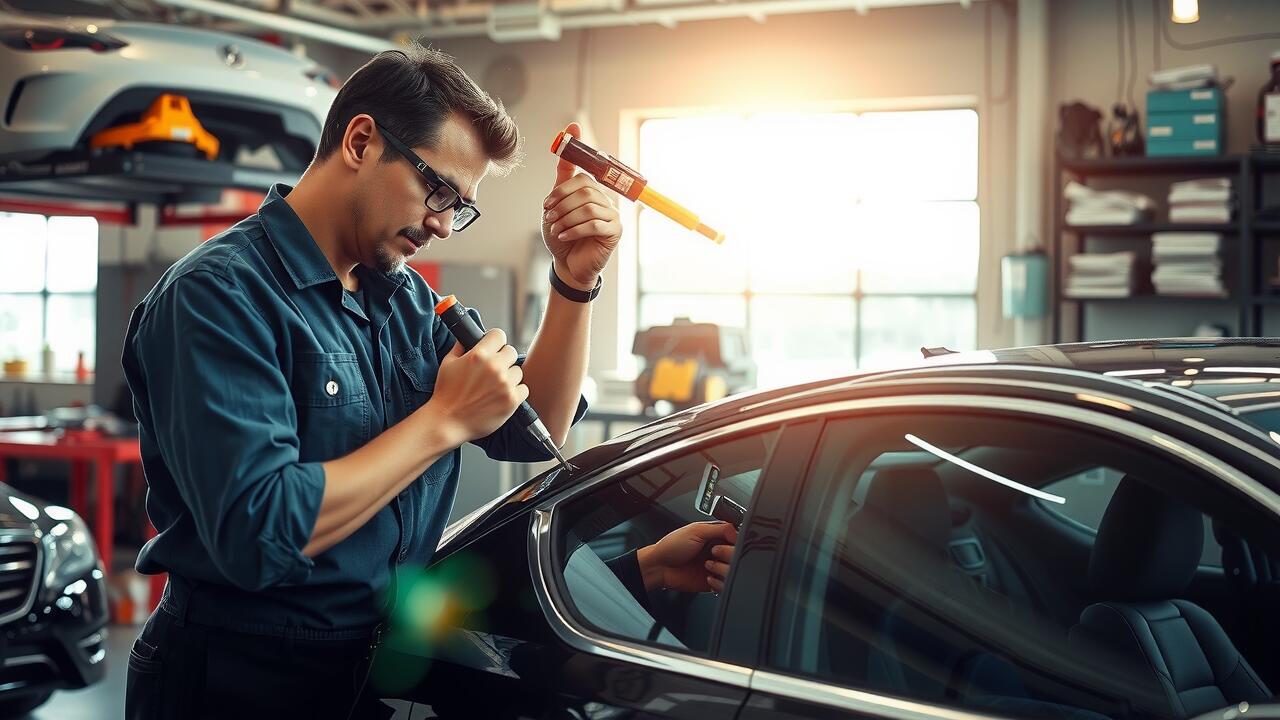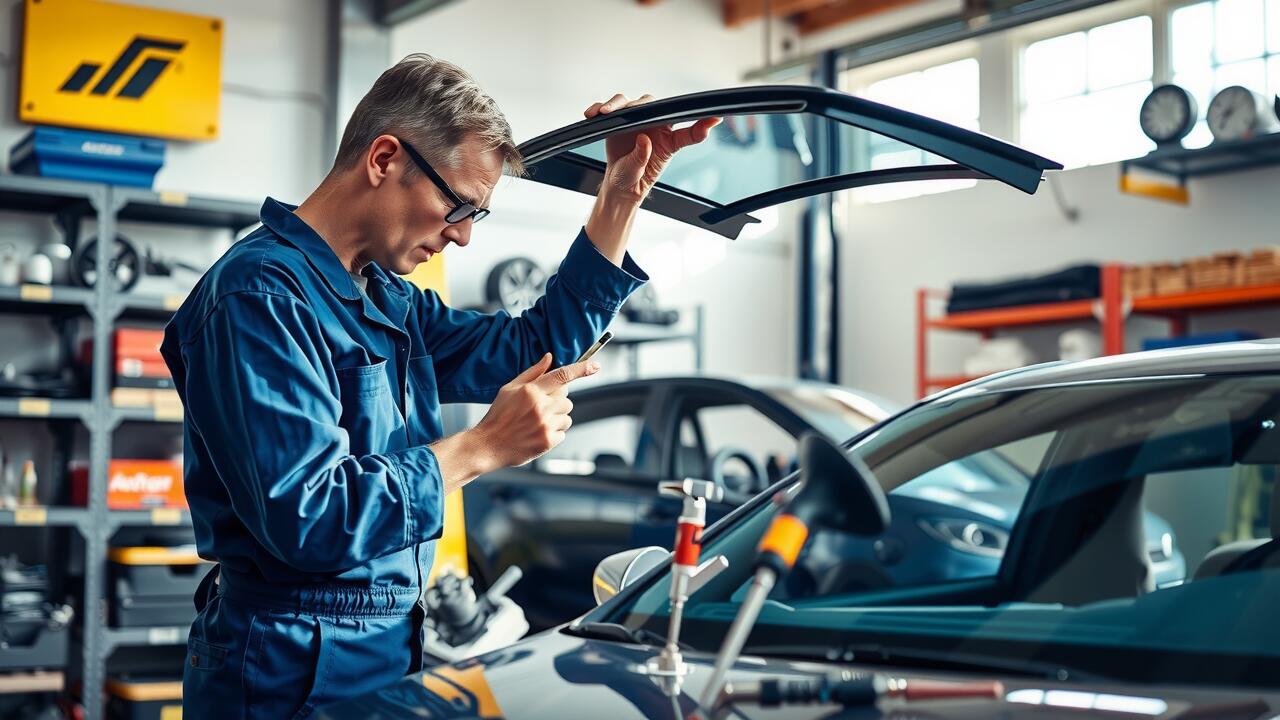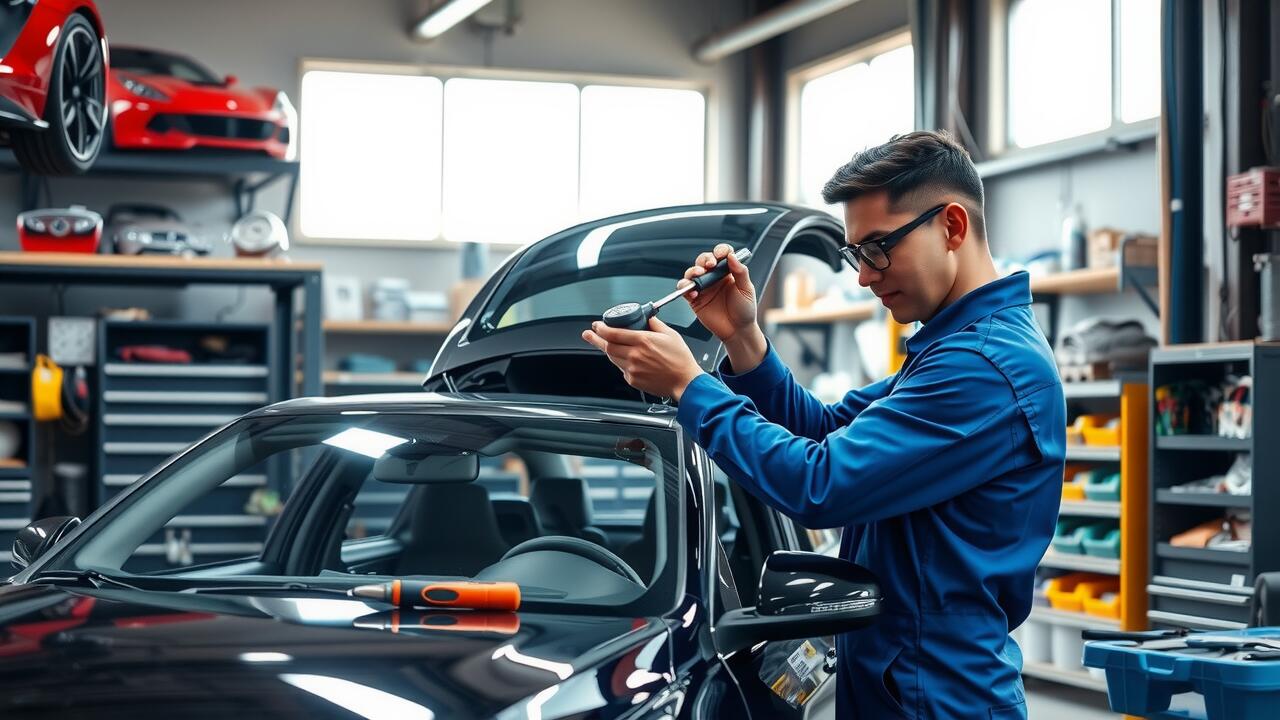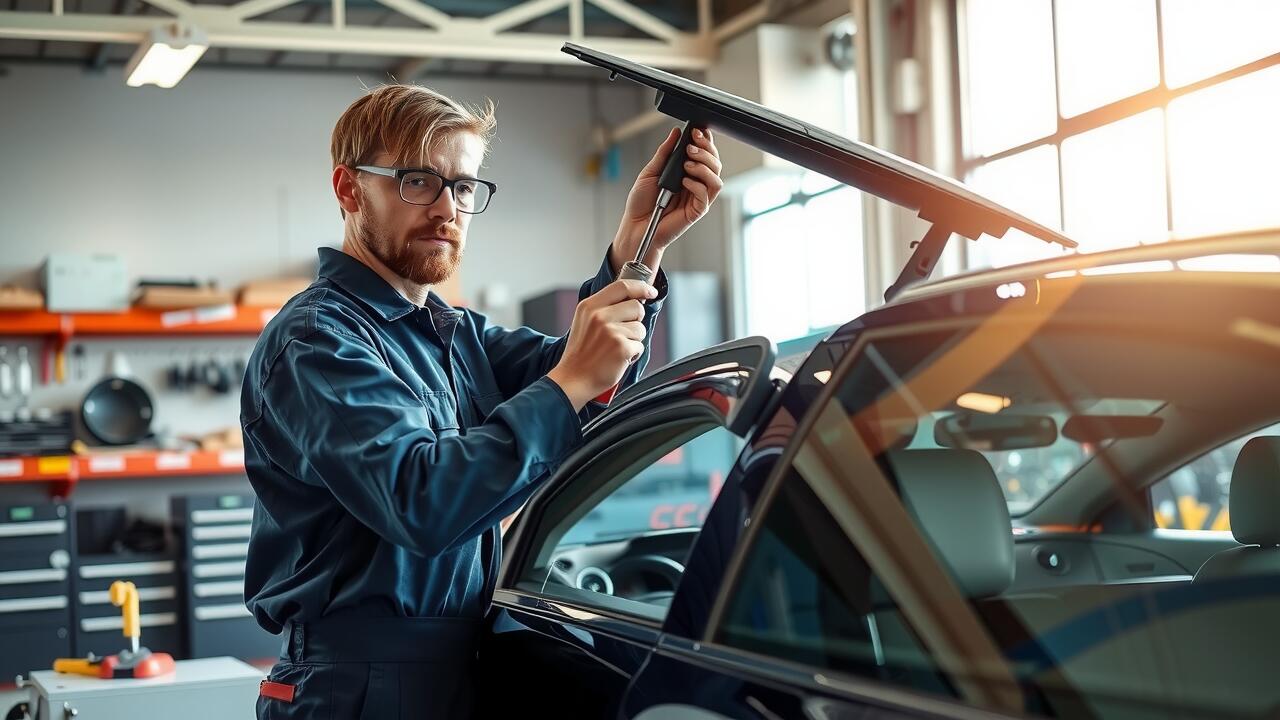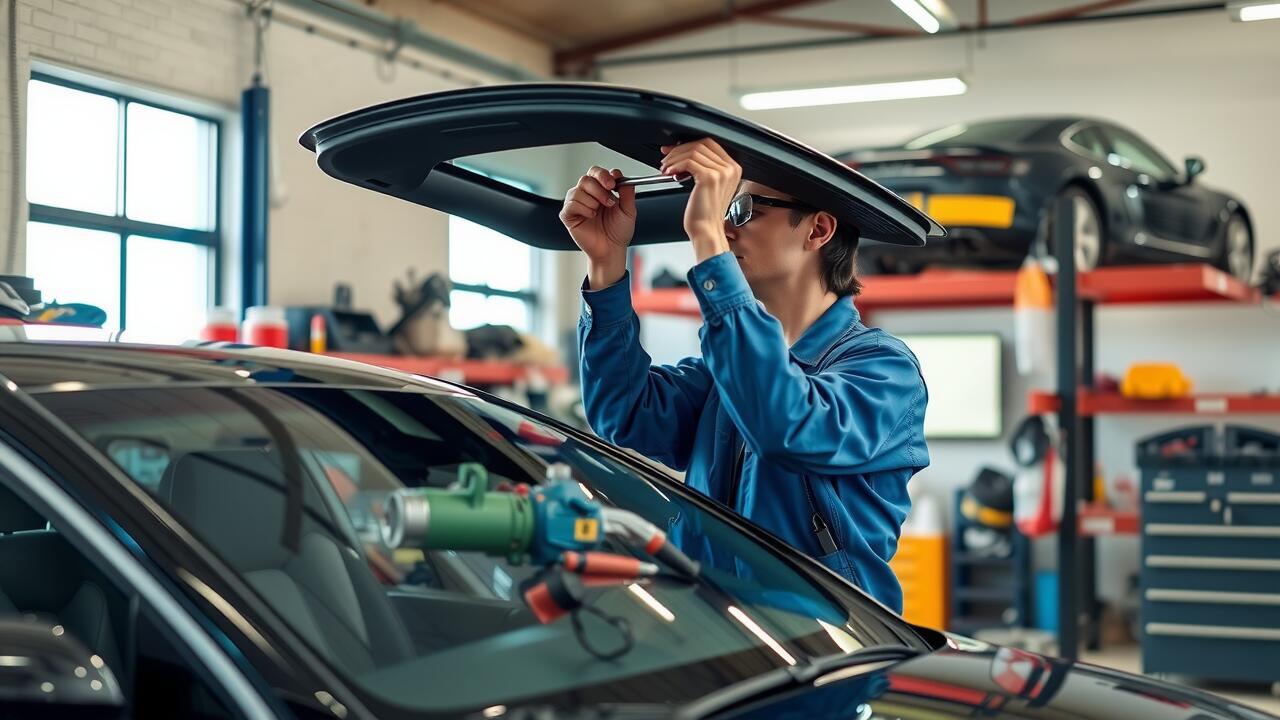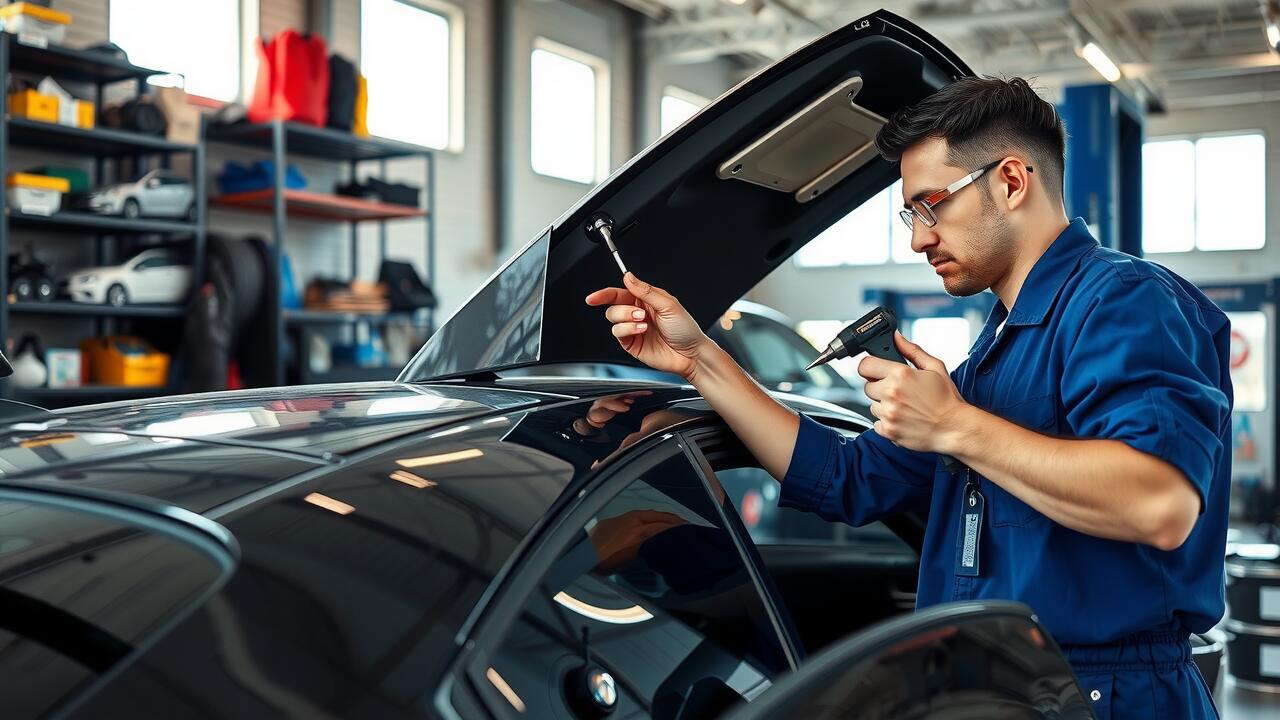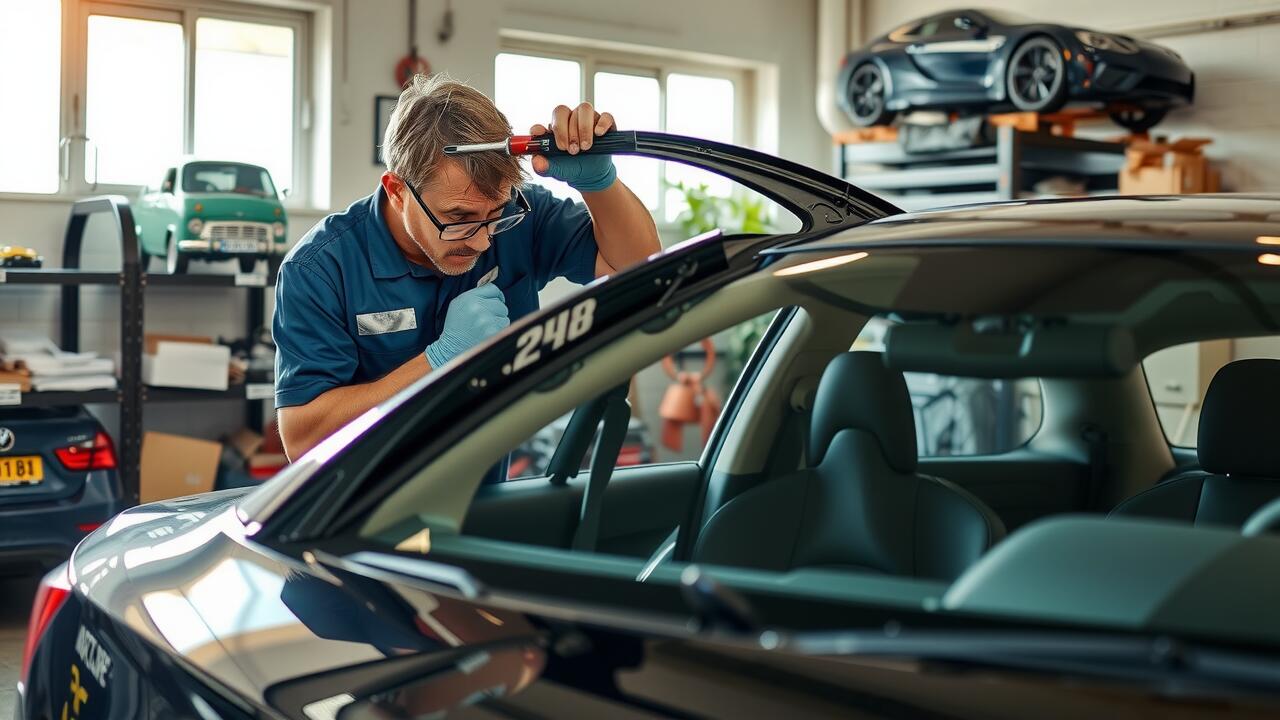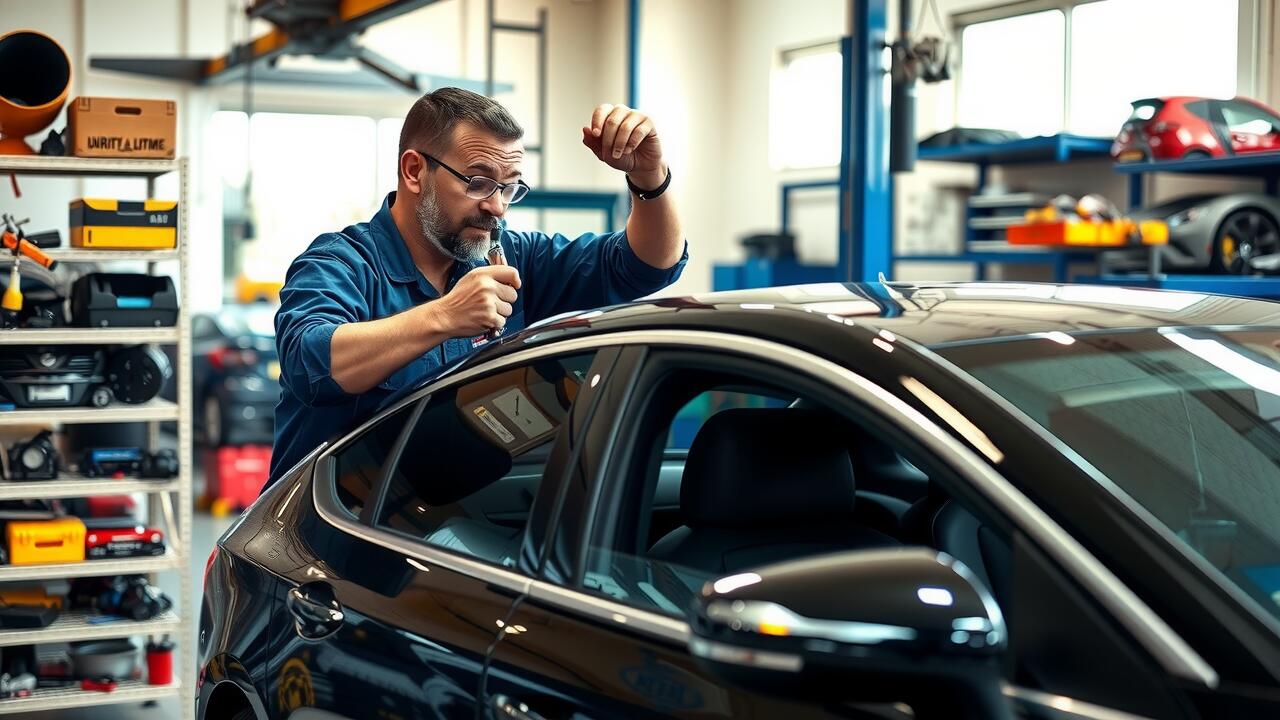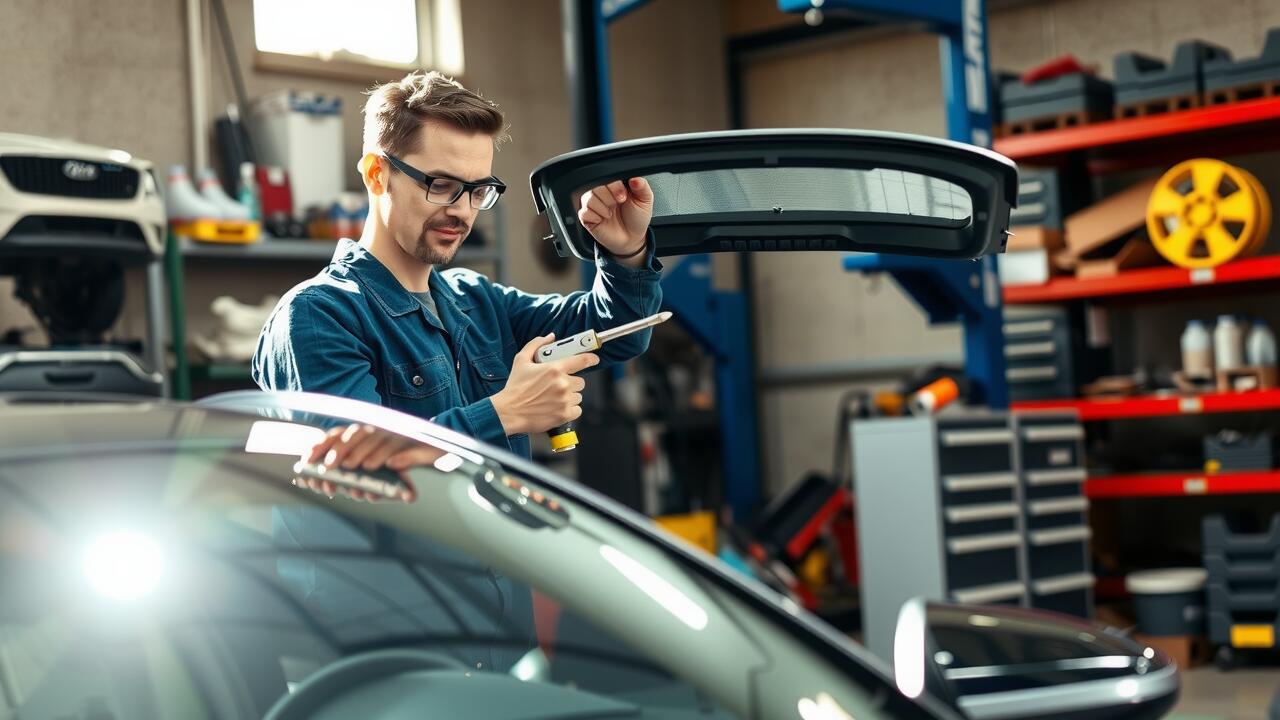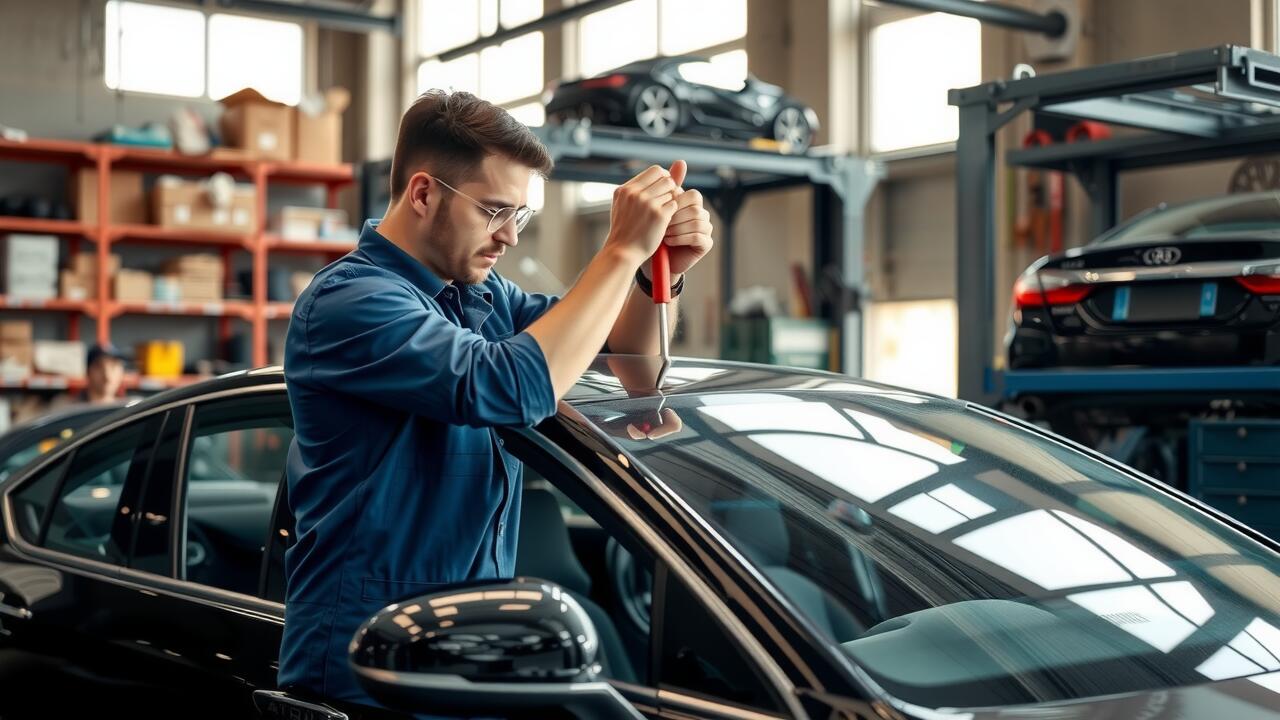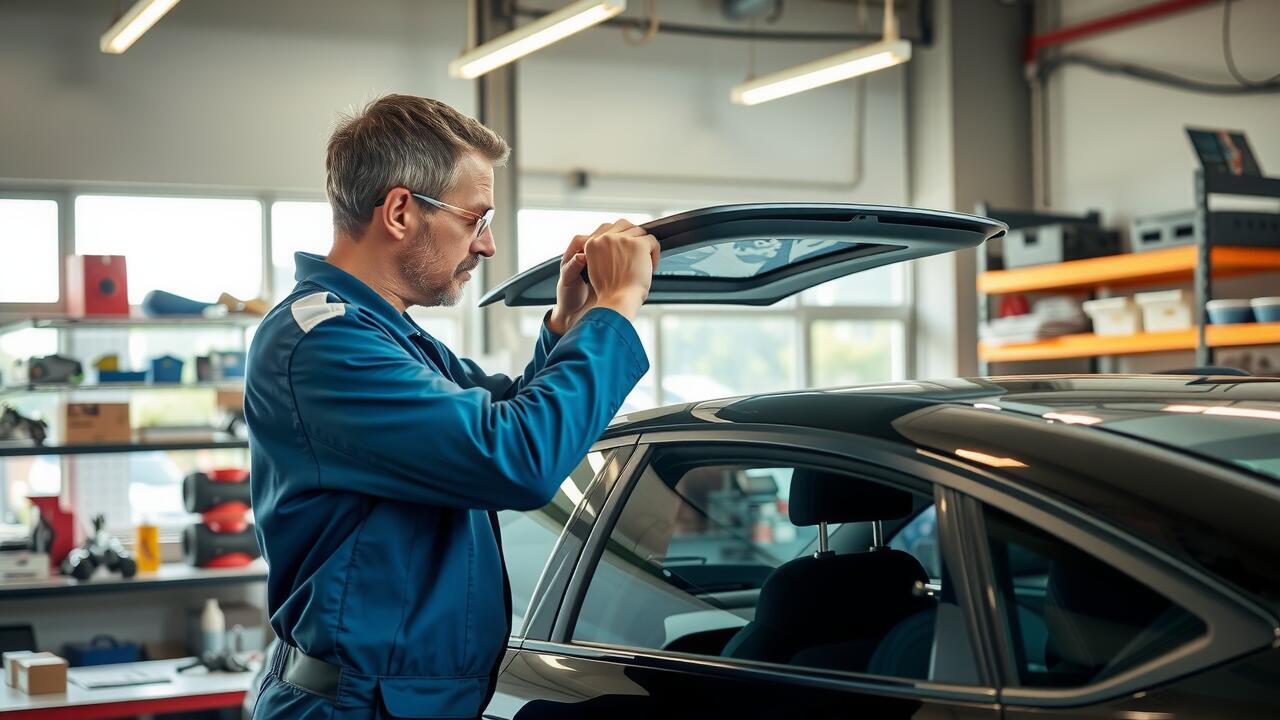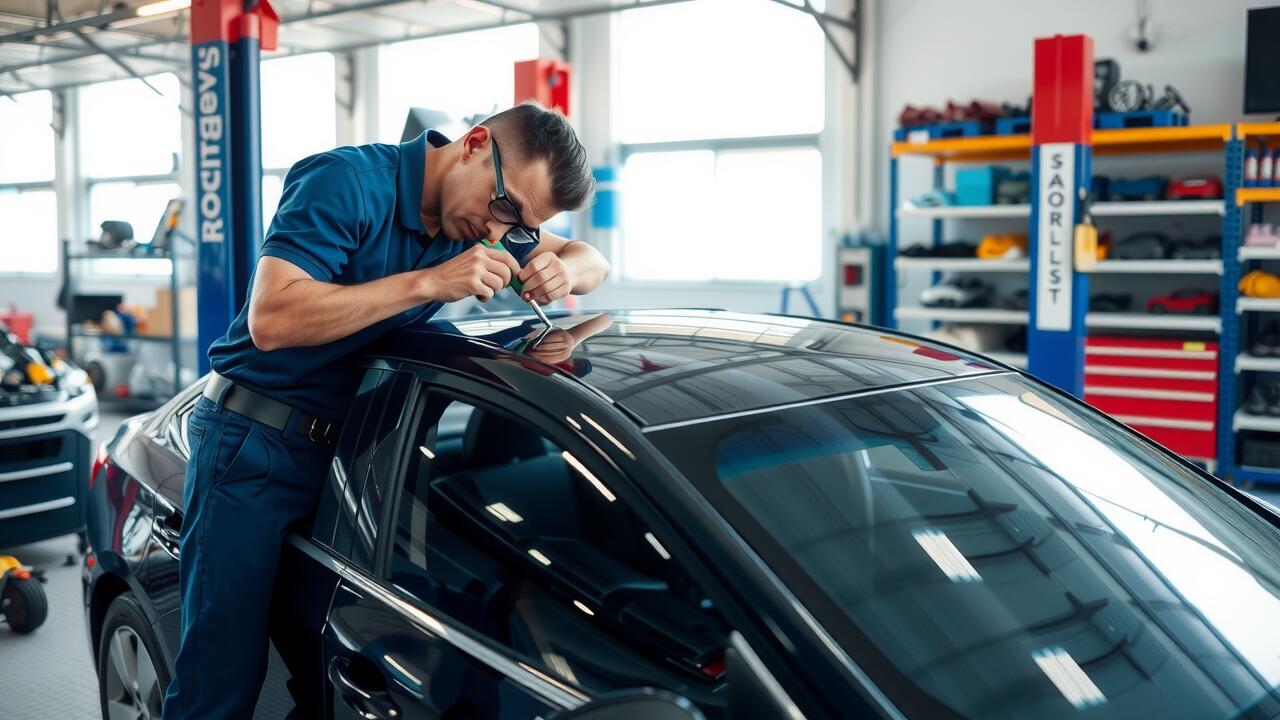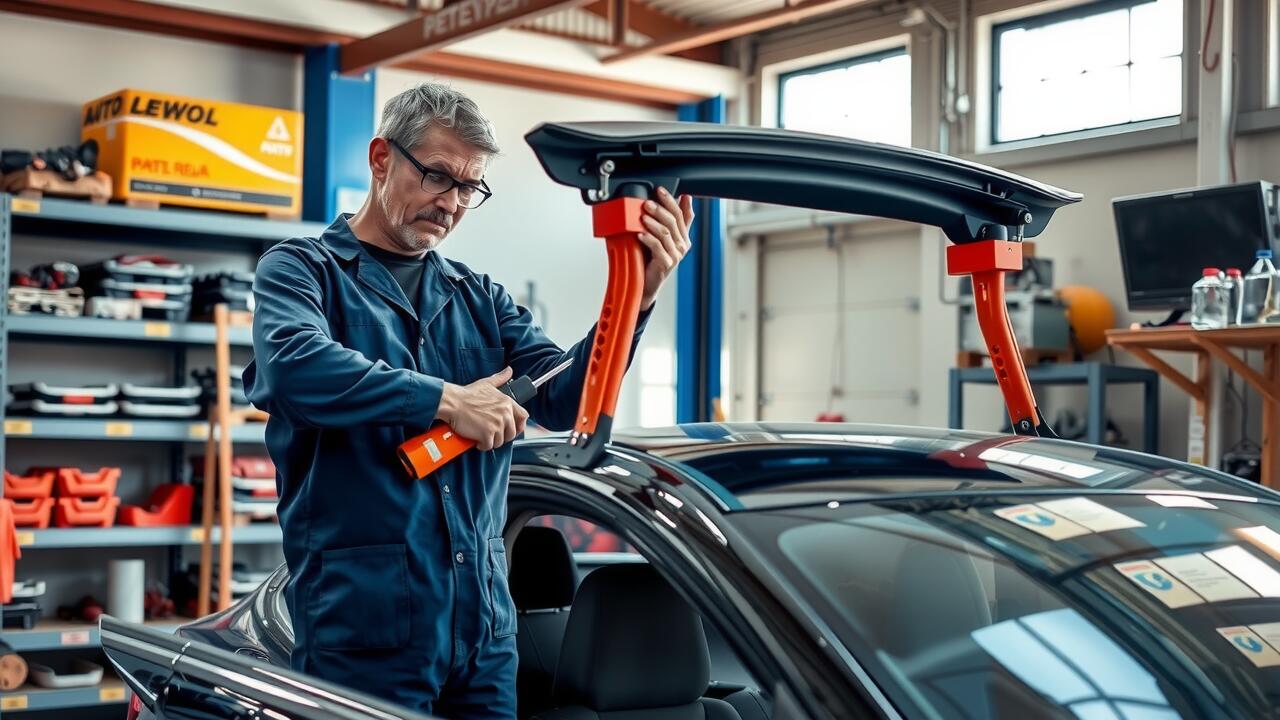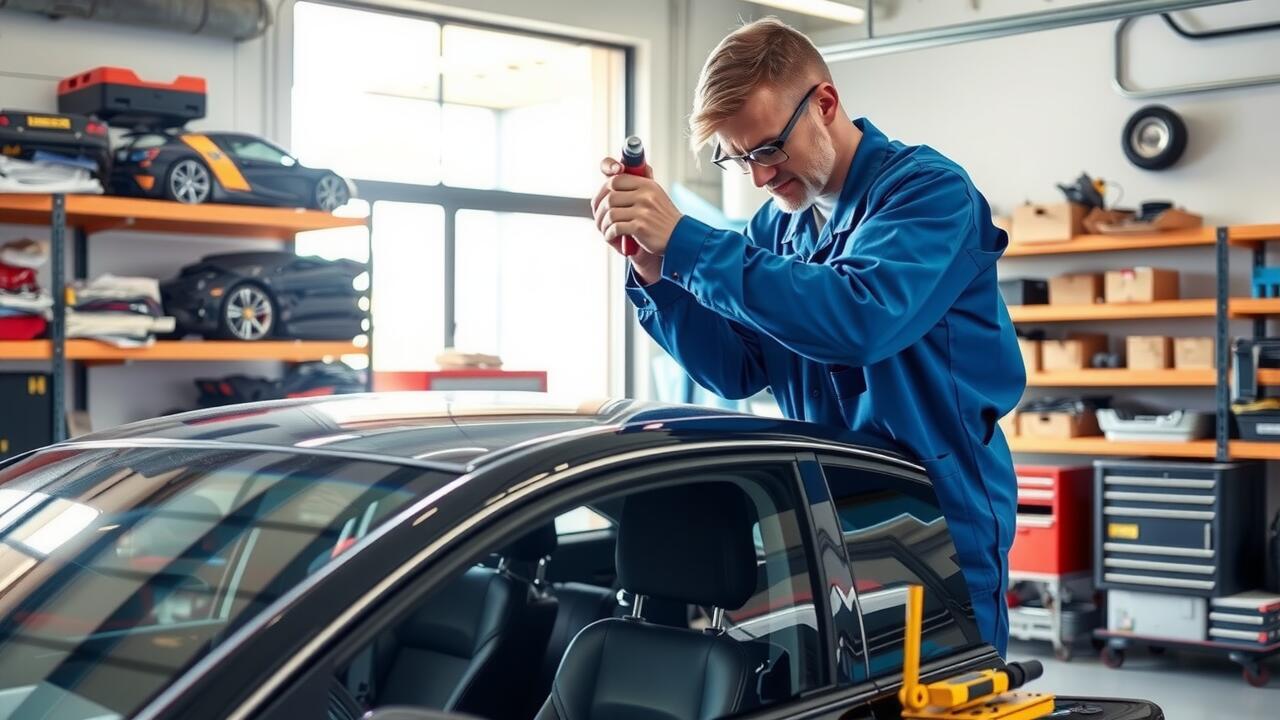
Table Of Contents
Apply Weatherproofing Material
Applying weatherproofing material can be an effective short-term solution for a broken sunroof. Products like waterproof tape or silicone sealant provide an immediate barrier against rain and moisture. These materials can be found at local hardware stores and are relatively easy to apply. Ensure the surface of the sunroof and surrounding areas is clean and dry before beginning. This preparation helps the adhesive bond better, increasing the temporary seal's effectiveness.
For those facing the challenge of a damaged sunroof, sunroof seal repair is essential to consider. A well-placed strip of weatherproof tape along the edges of the sunroof can prevent leaks until more permanent repairs can be made. Make certain to smooth out any air bubbles in the tape to ensure a tight seal. While this method offers a quick fix, it is important to monitor the condition regularly to avoid further damage from the elements.
Temporary Sealing Options
When it comes to temporary sealing options for a broken sunroof, using a high-quality duct tape can be an effective choice. This strong adhesive is weather-resistant and can provide a short-term barrier against rain and wind. Ensure the surface is clean before applying the tape to maximise adhesion. Taping all edges securely helps to prevent leaks from developing during unpredictable weather conditions.
Another option for quick sunroof seal repair is to use a plastic sheeting or heavy-duty plastic bag. Cut it to size and place it over the opening, securing it with tape along the edges. This method provides protection from the elements while also being easy to remove when you’re ready for a more permanent solution. Remember to monitor the temporary seal regularly for wear and tear, replacing it as needed to maintain protection.
Utilize Plastic Sheeting
When dealing with a broken sunroof, utilising plastic sheeting can provide an effective temporary solution. Plastic sheeting is water-resistant and can create a barrier against the elements. To begin, measure the dimensions of the sunroof opening to ensure the plastic covers the entire area. Secure the plastic sheeting over the opening using strong tape or adhesive that can withstand wind and rain. This method not only prevents water from entering the vehicle but also protects the interior from potential damage.
In addition to using plastic sheeting, it is wise to consider its durability over time. Heavy rain or strong winds can compromise the seal, so regular checks may be necessary. A temporary fix should never substitute for proper sunroof seal repair. It is important to plan for a more permanent solution when circumstances allow, as this will ensure the longevity and functionality of the sunroof in the future.
Covering the Sunroof Opening
Plastic sheeting serves as an effective solution for temporarily covering a broken sunroof opening. This material is waterproof and can be easily shaped to fit the contours of the vehicle's roof. By cutting a piece of plastic sheeting larger than the sunroof frame, you can securely cover the damaged area. It is essential to ensure that the sheeting lies flat against the roof to prevent water from seeping in. Use adhesive tape to fix the edges, creating a watertight seal that can protect the interior of the car from rain and debris.
For additional assistance with sunroof seal repair, consider using makeshift methods to reinforce the protective cover. Duct tape or strong adhesive can help secure the plastic sheeting in place, providing extra durability. While this is not a permanent fix, it can greatly minimise the risks of water leaks and damage during unexpected weather. Checking the seal regularly for any signs of lifting or wear can help maintain its effectiveness until a professional repair can be scheduled.
Adjust the Sunroof Alignment
Misalignment of the sunroof can lead to leaks, allowing water to enter your vehicle. This situation can become even more problematic during wet weather. Checking the alignment involves examining the sunroof opening and ensuring it sits evenly with the car's roof. If the sunroof appears to be tilted or uneven, adjustments may be necessary to ensure a proper fit.
Proceeding with sunroof seal repair often requires tightening the screws or bolts securing the sunroof in place. Consult your vehicle's manual for specific instructions on realigning the sunroof. In many cases, loosening and repositioning the sunroof back into place should resolve the alignment issues. After adjustments are made, perform a water test to confirm that the seal is effective and no leaks are present.
Methods for Realigning the Sunroof
Realigning a sunroof requires careful adjustment to ensure it sits correctly within the frame. Start by inspecting the sunroof’s tracks to identify any debris or obstructions that may prevent smooth movement. Clearing any foreign materials can help in achieving better alignment. If the sunroof has shifted from its intended position, manual adjustment may be necessary. Gently push or pull the sunroof into its proper location, ensuring it sits flush with the vehicle's body.
Once you have realigned the sunroof, perform a test to see if it opens and closes properly. If misalignment persists, consider checking the brackets and internal mechanisms for signs of wear or damage. In some cases, a sunroof seal repair may be needed to address any leaks or gaps. Ensuring that all components are functioning correctly will help prevent further misalignments in the future and extend the lifespan of the sunroof.
FAQS
What is the best weatherproofing material to use for a broken sunroof?
The best weatherproofing materials include duct tape, plastic sheeting, or weather stripping, as they offer a temporary seal to prevent water leakage.
How can I cover my sunroof if the glass is completely shattered?
You can use plastic sheeting to cover the sunroof opening. Ensure it is securely fastened with tape or weights to prevent it from blowing away.
What should I do if my sunroof is misaligned?
To realign your sunroof, you can follow the adjustment methods outlined in the article, such as checking for obstructions or carefully adjusting the screws that control the sunroof’s position.
How long can I expect my temporary fixes to last?
Temporary fixes can last from a few days to a few weeks, depending on weather conditions and how well the materials are applied.
Is it safe to drive with a temporarily fixed sunroof?
While temporary fixes can help prevent water leakage, it's essential to drive carefully and be aware that these solutions are not permanent. It's best to get the sunroof repaired by a professional as soon as possible.
